Brachiopods - Mollusks
BODY CAVITIES
(Special thanks to Larry O'Brien who collected many of the fossils seen in this and other chapters.)
The lineage of animals which led to vertebrates such as ourselves produced a number of offshoots, such as animals with only the cellular level of organization (sponges and archaeocyathans), and animals which only the tissue level of organization, bilateran worms with organs but which lack a coelom. All higher animals possess a coelom and are called coelomates.
In humans, the coelom functions to absorb shock and allow organs to change their shape without crushing neighboring organs (so you can have a full stomach or bladder without crushing surrounding organs). In more primitive organisms the coelom can serve as a region of transport or a fluid-filled hydrostatic skeleton.
PROTOSTOMES/DEUTERSTOMES
Of the groups of animals which possess a coelom, there is a difference in whether the mouth or the anus develops as the first opening to the digestive tract. In protostomes (such as mollusks and arthropods), the embryonic pore becomes the mouth and the anus develops as a new opening while in deuterostomes (the chordates and echinoderms), the anus develops first and the mouth as a new opening. Do you care? Well, this difference corresponds with several others and represents the major division in coelomate animal phyla. Protostome embryos undergo spiral cell arrangement after cleavage and cell fates (what the embryonic cells will form in the adult) are determined early. The opposite is true in deuterostomes. These 2 groups also differ in other characteristics such as the site of mesoderm formation and how the coelom forms. Thus, coelomates are divided into two groups: the protostomes (which comprise most animals on earth) and the deuterostomes (which include vertebrates like ourselves).
During the Ordovician Period, new groups of invertebrates diversified which would establish the Paleozoic groups which replaced those of the Cambrian. The Ordovician radiation included brachiopods, bryozoans, crinoids, rugose corals, nautiloids, gastropods, and bivalves (Zhan, 2008).
PROTOSTOMES OF THE PALEOZOIC
- Lophophorates:
Lophophorates are worm-like organisms that have a fan-like filter-feeding device known as a lophophore. There are two separate groups: brachiopods and bryozoans. Both are minor animal groups today but both were much more prominent in the Paleozoic.
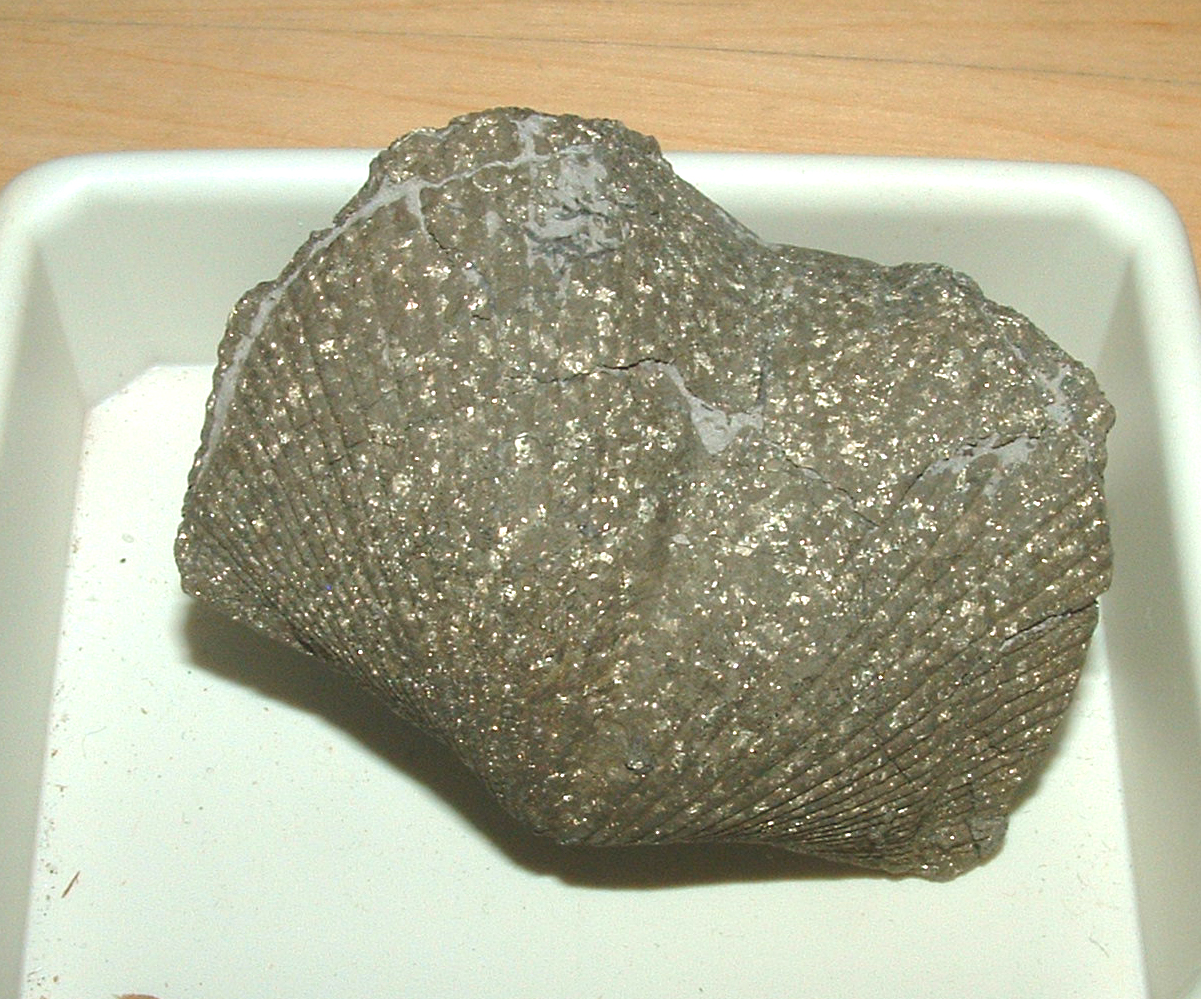

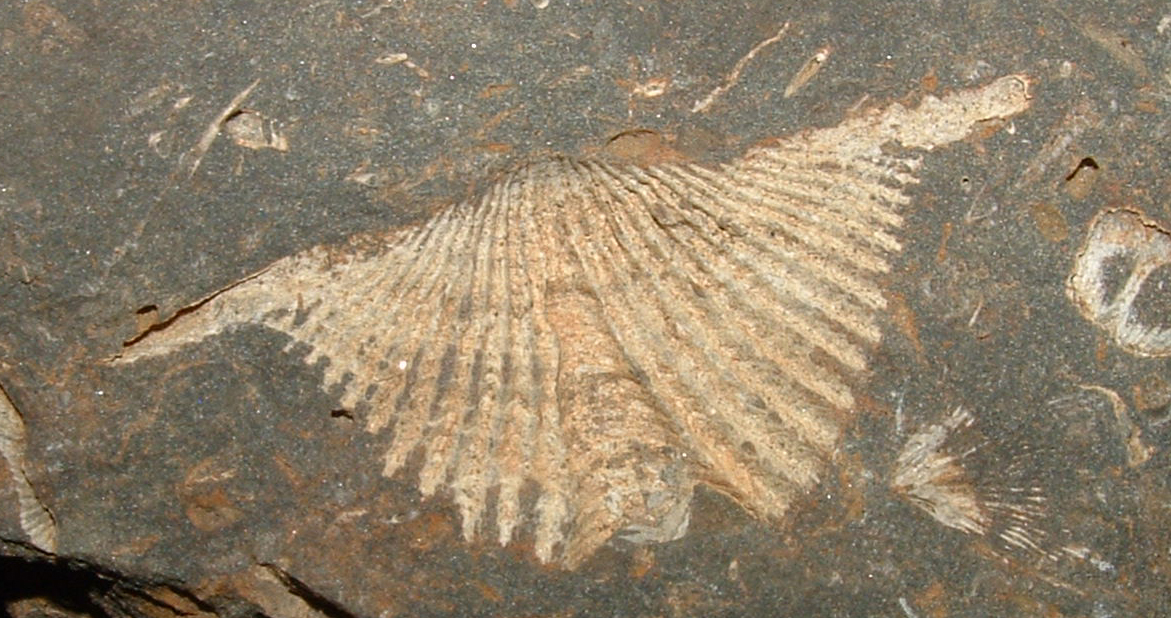
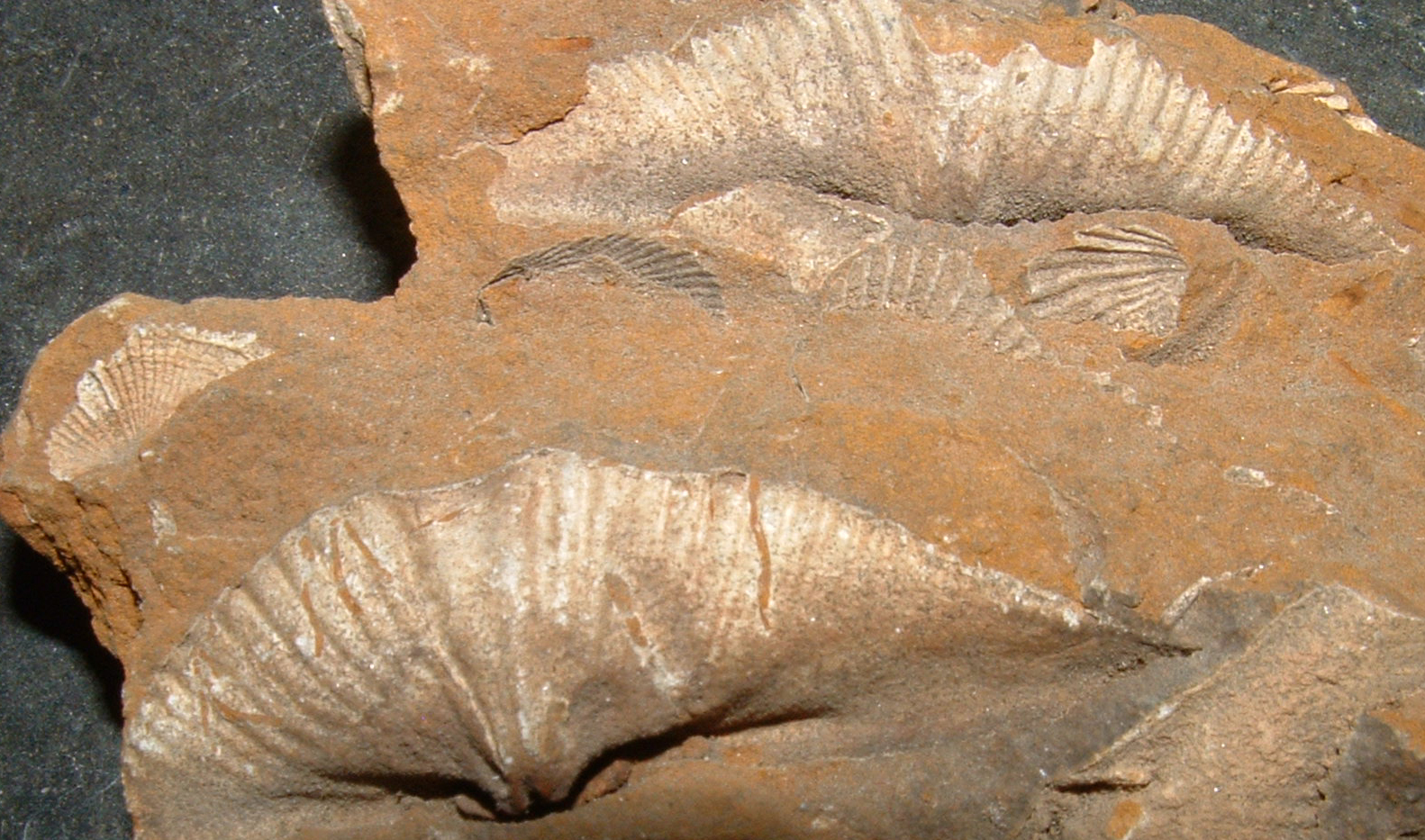
Brachiopods can perhaps be best described as a type of shellfish quite unlike other types of shellfish. Although they superficially resemble the mollusks that make modern seashells, they are not related to them. Brachiopods were the most abundant and diverse fossil invertebrates of the Paleozoic (over 4500 genera known; the number of species is far greater). No records of brachiopods are known from the Precambrian. They first appear in the Cambrian and many disappear in mass extinction of Permian. Although some survive; even to the present, never again did they predominate marine communities (Prothero, 1998; Zhang, 2008).
Brachiopod structure seems to have evolved in a series of steps: first a stationary filter feeder with a tubular shell (such as Eccentrotheca, a basal tommotiid brachiopod), second a bivalved shell which did not completely enclose the body (most tommotiids), and finally a bivalved shell which completely enclosed the body. The brachiopod group known as mickwitzids, which have been found only in the Early Cambrian, represent an ancestral group which was transitional between tommotiids and more derived brachiopods (Skovsted, 2009).
Bryozoans are a second group of lophophorates. They are colonial organisms that are major parts of early reefs.The oldest known bryozoan has been identified from the Ordovician (Zhang, 2008).Many became extinct in the Permian or shortly thereafter.
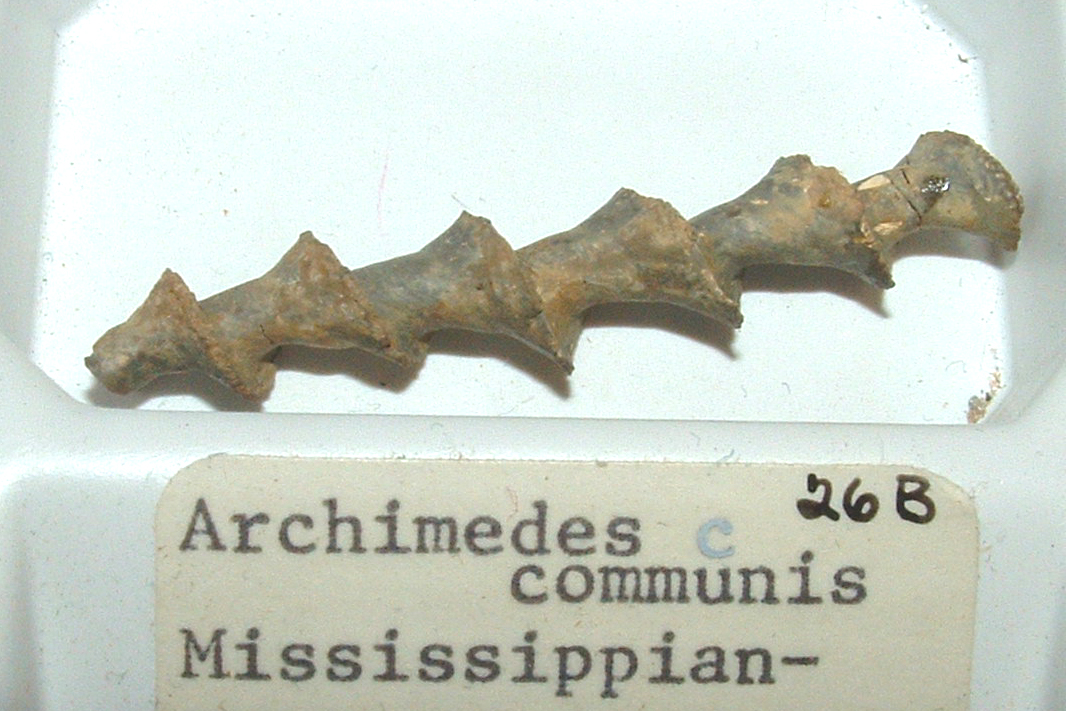
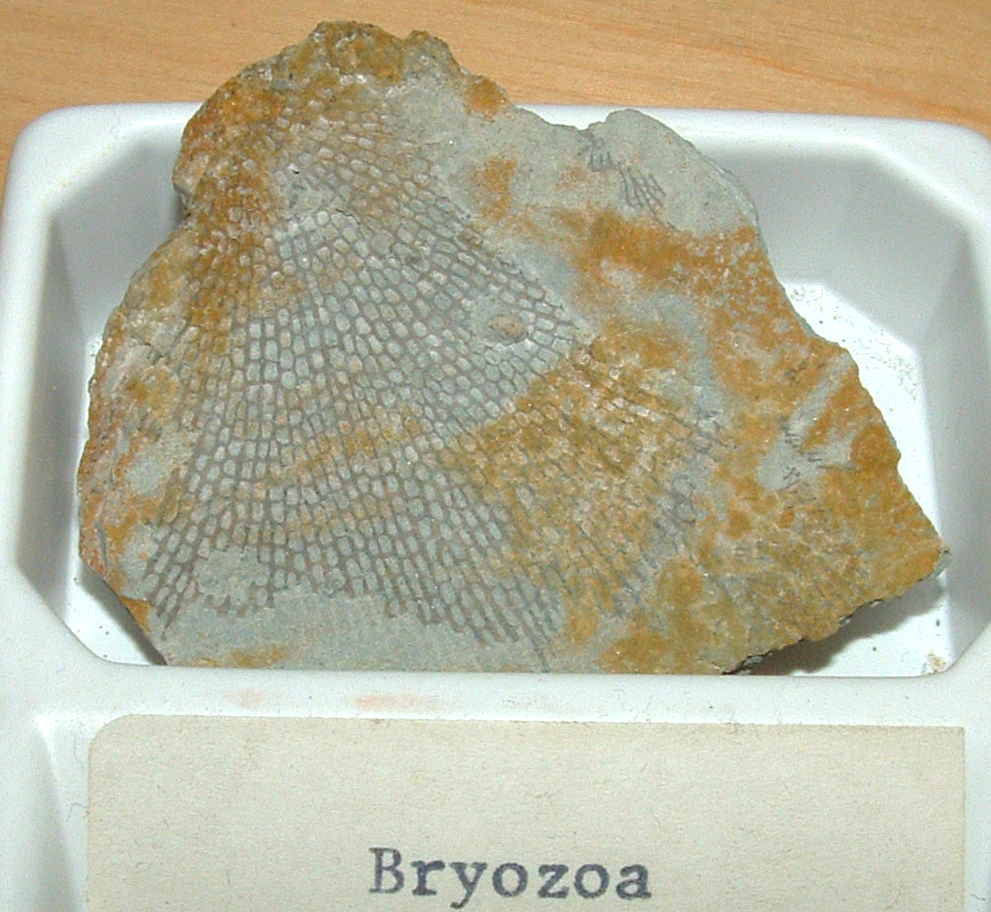
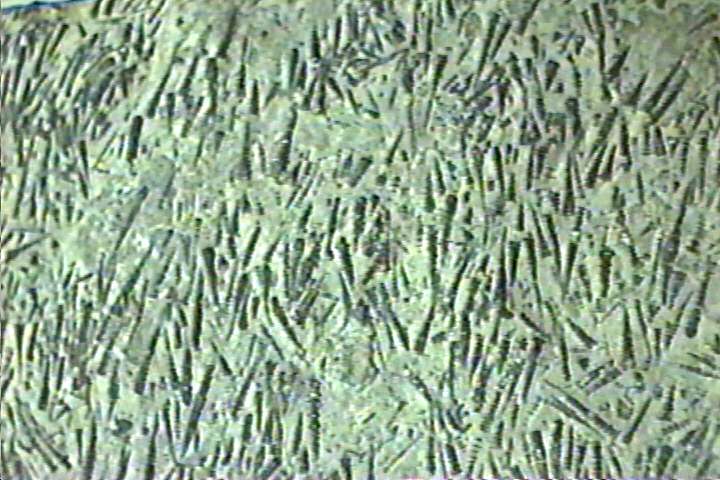
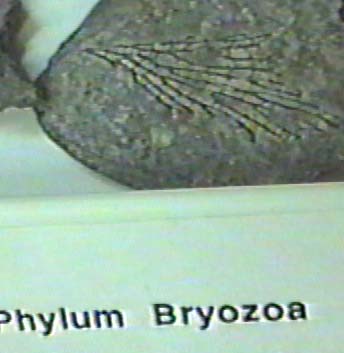
2) MOLLUSKS
Mollusks have the best fossil record of any invertebrate group and are second only to foraminiferans in the quality of their record. Acaenoplax (pictured below) is the most basal mollusk which resembles a segmented worm.
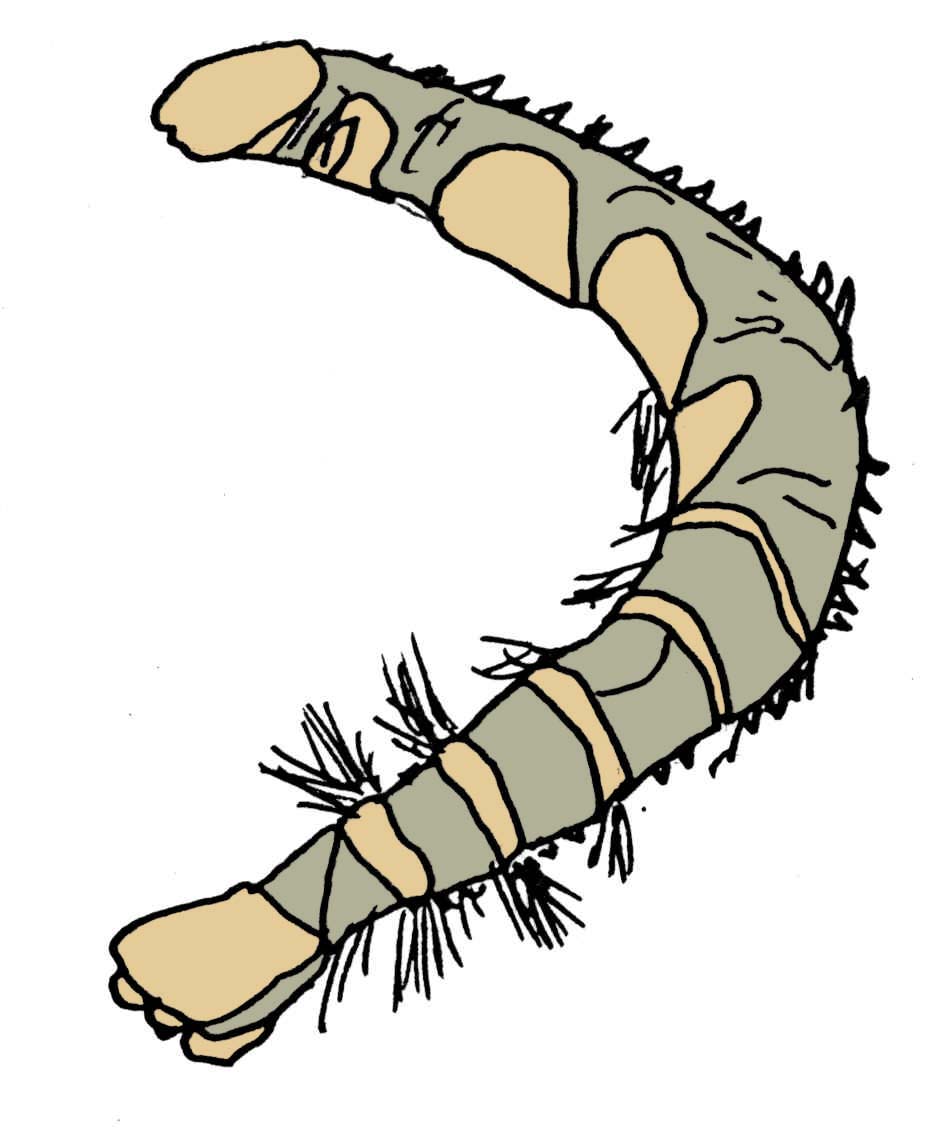
The two most primitive groups of mollusks alive today retain vestiges of their worm ancestry: the aplacophorans (which have no shell and are wormlike) and the chitons (which have segmented shells). All groups of mollusks were established in the Cambrian Period. Many of the Early Cambrian mollusk fossils are classified as part of the extinct class Helcionelloida. An early Cambrian site in Spain yielded mollusks of the extinct class Helcionelloida and diverse small shelly fossils (Gubanov, 2004). Monoplacophorans are a group of mollusks known from the Cambrian. They were thought to be extinct until the recent discovery of a modern representative which display anatomical structures (gills, pedal retractor muscles, and nephridia) which occur in series, like those of segmented invertebrates. Chitons, known from the Ordovician to the present, lack a shell but also possess serially repeated structures. These two groups form a clade as the most primitive lineage of modern mollusks (Giribet, 2006).
Of the various groups of mollusks, the nautiloids, gastropods, and bivalves are of particular interest.
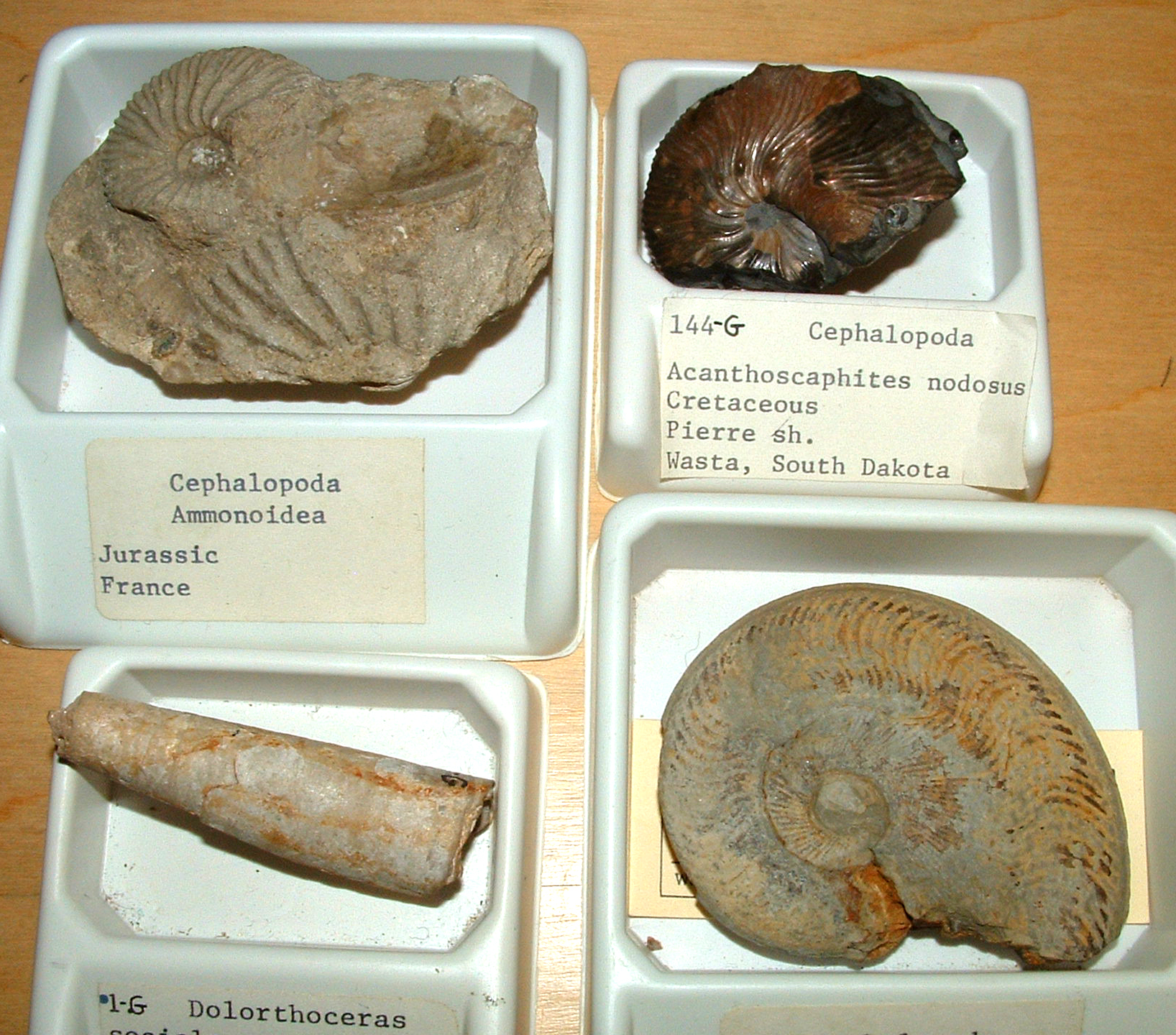
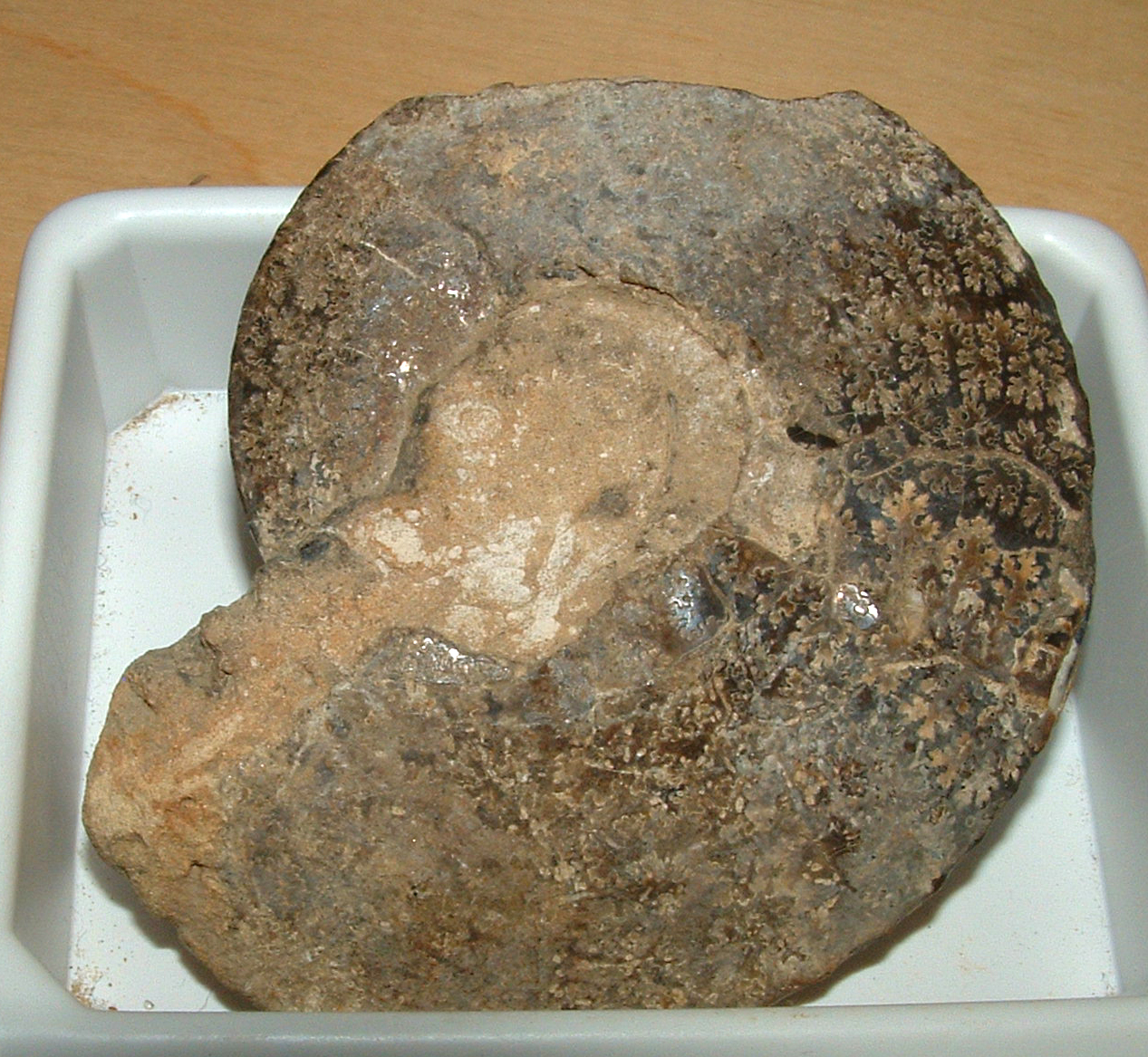
This is the modern nautilus

Cephalopods were squid-like animals with hard outer shells. With their long tentacles and parrot-like beaks they were the first major marine predators. A few cephalopods, the nautiloids, have survived to modern times.
Bivalves (virtually all seashells) and gastropods (snails) became dominant aspects of the seas in the Mesozoic.During the Paleozoic, they played a subordinate role to the Paleozoic fauna of brachiopods, bryozoans, crinoids, tabulate corals, and rugose corals. Ever since the Mesozoic, the communities of the seafloor have had similar organisms to those found today (Prothero, 1998).

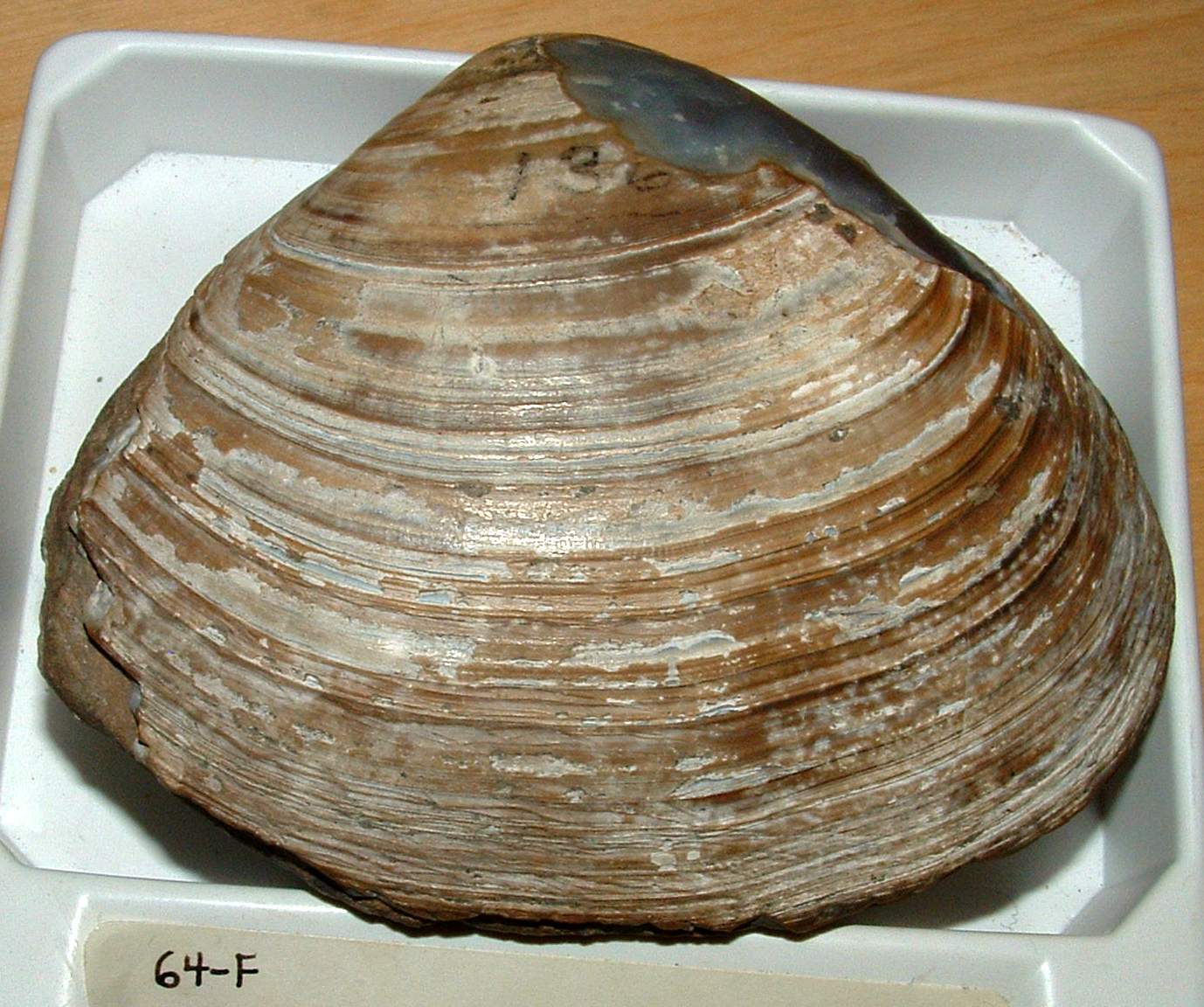
Modern bivalves

fossil and modern gastropods


